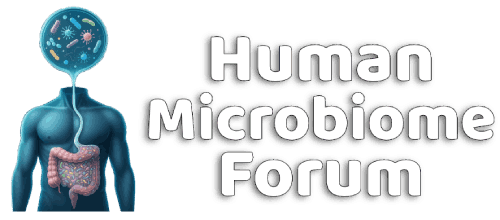Michael Harrop
Well-known member
https://translational-medicine.biomedcentral.com/articles/10.1186/s12967-024-05419-w
Siderophores are secondary metabolites that scavenge iron from environmental stocks and deliver it to cells via specific receptors https://www.nature.com/articles/s41579-019-0284-4
Standard donor criteria, with a few extra exams. No mention of stool type.
Abstract
Background
Predictive markers for fecal microbiota transplantation (FMT) outcomes in patients with active ulcerative colitis (UC) are poorly defined. We aimed to investigate changes in gut microbiota pre- and post-FMT and to assess the potential value in determining the total copy number of fecal bacterial siderophore genes in predicting FMT responsiveness.
Methods
Patients with active UC (Mayo score ≥ 3) who had undergone two FMT procedures were enrolled. Fecal samples were collected before and 8 weeks after each FMT session. Patients were classified into clinical response and non-response groups, based on their Mayo scores. The fecal microbiota profile was accessed using metagenomic sequencing, and the total siderophore genes copy number via quantitative real-time polymerase chain reaction. Additionally, we examined the association between the total siderophore genes copy number and FMT efficacy.
Results
Seventy patients with UC had undergone FMT. The clinical response and remission rates were 50% and 10% after the first FMT procedure, increasing to 72.41% and 27.59% after the second FMT. The cumulative clinical response and clinical remission rates were 72.86% and 25.71%. Compared with baseline, the response group showed a significant increase in Faecalibacterium, and decrease in Enterobacteriaceae, consisted with the changes of the total bacterial siderophore genes copy number after the second FMT (1889.14 vs. 98.73 copies/ng, P < 0.01). Virulence factor analysis showed an enriched iron uptake system, especially bacterial siderophores, in the pre-FMT response group, with a greater contribution from Escherichia coli. The total baseline copy number was significantly higher in the response group than non-response group (1889.14 vs. 94.86 copies/ng, P < 0.01). A total baseline copy number cutoff value of 755.88 copies/ng showed 94.7% specificity and 72.5% sensitivity in predicting FMT responsiveness.
Conclusions
A significant increase in Faecalibacterium, and decrease in Enterobacteriaceae and the total fecal siderophore genes copy number were observed in responders after FMT. The siderophore genes and its encoding bacteria may be of predictive value for the clinical responsiveness of FMT to active ulcerative colitis.
Siderophores are secondary metabolites that scavenge iron from environmental stocks and deliver it to cells via specific receptors https://www.nature.com/articles/s41579-019-0284-4
Standard donor criteria, with a few extra exams. No mention of stool type.
Based on our previous criteria [15, 31], eligible donors underwent preliminary screening using a questionnaire and laboratory tests. The questionnaire assessed the medical history and lifestyle of the donors, excluding any exposure to infectious pathogens or risky behaviors (such as sexual practices). Donors were serologically screened for the following viruses:
Additional evaluations included physical examinations, electrocardiograms, chest radiography, urea breath tests, and blood tests to rule out gastrointestinal and non-gastrointestinal diseases. All eligible donors tested negative on the assessments. During the donation period, donors did not use antibiotics, probiotics, or other medications affecting the gut microbiota, had no travel history, and were re-evaluated every three months.
FMT was administered via colonoscopy. The intestines were prepared using 2 L of a bowel-cleansing agent (poly-ethylene glycol electrolyte solution) before treatment.
- Format correct?
- Yes
